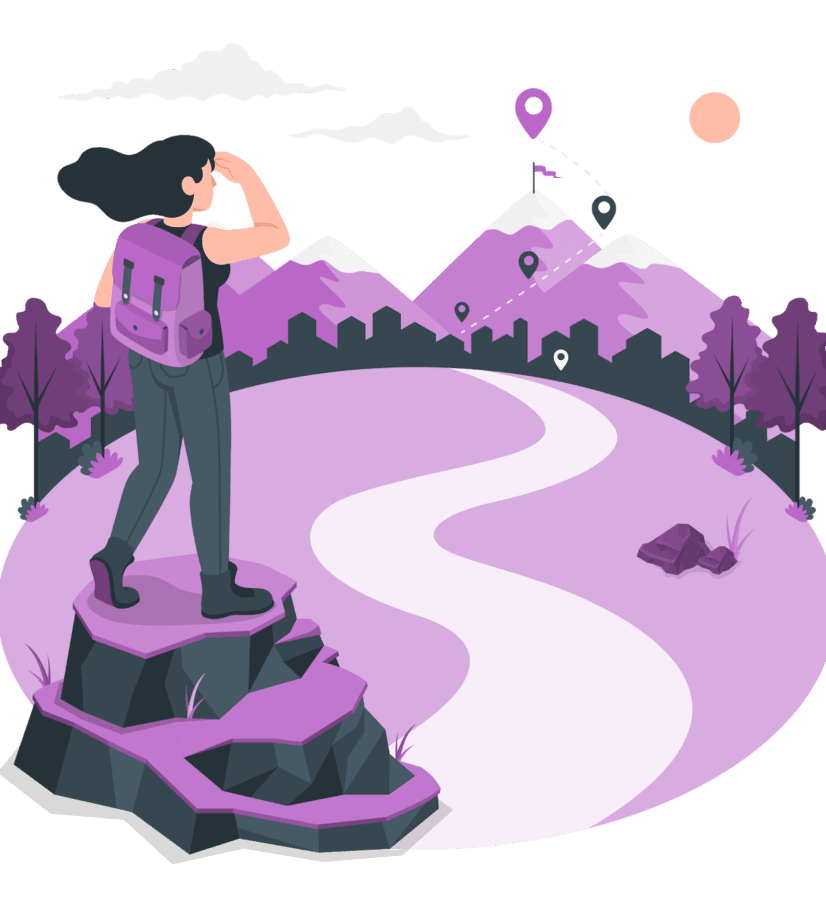Using Stories for More Effective Communication


Powerful Communication Tools
There is plenty of research that points to stories and narratives as some of the most powerful communication tools we can use – narratives are often easier for people to comprehend and are more engaging than traditional data-based scientific information (Dahlstrom 2014).
Storytelling requires a very different approach than writing a research report and with some practice, you’ll be able to harness the power of stories to improve your communications about important environmental issues.
How powerful can narratives be in getting your message across?
- Stories are more engaging than facts and data: Stories have an innate ability to draw people in, making complex scientific concepts more accessible and relatable.
- Stories evoke emotions: Stories have the power to evoke emotions, foster empathy, and motivate people to take action, which can significantly impact how information is received and retained.
- Stories provide context: Narratives provide context and meaning to scientific information so audiences can better understand the relevance and significance of environmental issues in their own lives and the world at large.
- Stories promote retention and understanding: Research shows that people remember stories much more effectively than raw data or statistics, ensuring that the message stays with audiences over time.
- Stories can provide cultural relevance: By harnessing the power of storytelling, communicators can tap into existing cultural narratives and frameworks, making scientific concepts more accessible and resonant with different cultural groups.
- Stories encourage perspective taking and empathy: Stories allow for the exploration of different perspectives and experiences, fostering empathy and understanding among diverse audiences.
- Stories inspire and motivate: Narratives have the power to inspire and motivate action. By showcasing the stories of individuals making a difference in the world, stories can inspire others to engage in environmental stewardship and advocate for evidence-based policies.

To communicate about an environmental issue in a story format, you will need to get creative and investigate the communities, people, and places being impacted by this issue. Here are some steps to get started:
- Use compelling characters: Your audience connects to your story through its characters. The story will move them more if they feel like they can relate to a story’s characters.
- Place the issue in context: It can help make the issue feel more real and personal to people if they understand where it is happening and who it is affecting. Give your story a setting and community where it takes place.
- You need some action and a plot: In general stories that people connect most to follow a similar story arc. This means that the story starts off by naming a problem the main character is trying to overcome, then the audience follows their journey as they reach a solution or resolution. Think about how your characters can overcome the issue at hand.
- Use descriptive language and imagery to transport your audience: The goal of sharing a story is generally so that your audience can put themselves in your characters’ shoes, so they can feel empathy and relate to the issue. A powerful way to do this is to use descriptive language, rhetorical devices and images to help your audience feel like they are there and a part of the story.
- Go beyond the facts and appeal to emotion: In storytelling, we are using a non-traditional approach to conveying information – so we will not only be naming facts, but we will be appealing to our audience’s emotions by illustrating these facts through our characters’ experiences.
- Inspire hope and motivate action: The choices and resolution your characters come to have the power to demonstrate ways your audience could help solve the issue. By provisioning optimistic, inspiring examples of characters taking action, you can motivate your audience to take action as well!
Additional resources for a deeper dive:
- Going beyond just the facts
- 5 essential elements of a good story
- How to write descriptively
- The Language of Visual Storytelling
- The Top 41 Rhetorical Devices That Will Make Your Words Memorable
Dahlstrom M. F. (2014). Using narratives and storytelling to communicate science with non-expert audiences. Proceedings of the National Academy of Sciences of the United States of America, 111 Suppl 4(Suppl 4), 13614-13620. https://doi.org/10.1073/pnas.1320645111
